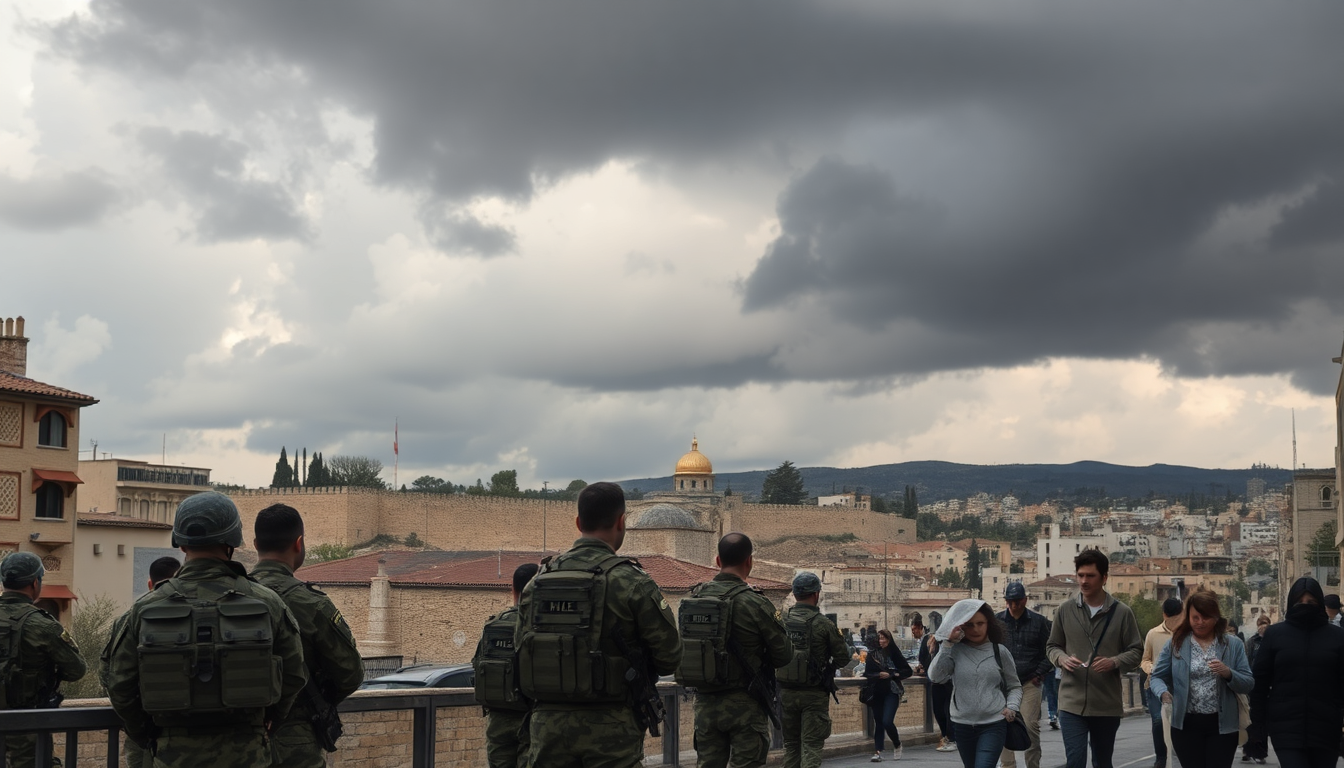Table of Contents
The rising tensions between Israel and Iran are raising eyebrows among geopolitical analysts and policymakers alike. With Israel ramping up its military rhetoric and actions, many are drawing alarming comparisons to what we saw leading up to the U.S.
invasion of Iraq. But what does this all mean for the future? Let’s break down the implications of these developments to better understand the situation and what might come next.
The Current State of Affairs: Israel’s Military Posture
Israel is clearly stepping up its military game, signaling a strong intent to counter perceived threats from Iran.
Some analysts suggest that Prime Minister Netanyahu might be using this narrative to pursue bigger ambitions, possibly even trying to spark regime change in Tehran. But here’s the kicker: is it really feasible to achieve that goal without solid international backing, particularly from the United States?
Experts like Annelle Rodriguez Sheline from the Quincy Institute for Responsible Statecraft have pointed out a crucial fact: Israel doesn’t have the military muscle to take down the Iranian regime all on its own.
Historically, U.S. involvement has been a key factor in any significant military action in the region. So, without that crucial support, Israel’s efforts might end up being more about posturing than about real change.
The Role of the United States in Regional Dynamics
The United States has long been a major player in Middle Eastern geopolitics, and how it responds to Israel’s actions will be essential moving forward. Analysts are keeping a close eye on the possibility of renewed American intervention, especially under a future administration that might be more open to military engagement.
What would that mean for the region? A shift in U.S. policy could drastically change the power dynamics, potentially leading to increased instability and conflict.
Moreover, the rhetoric coming from Israeli leaders is often seen as a precursor to action.
Historical patterns show that when military talk heats up, significant military operations often follow. As the situation continues to unfold, it’s important for policymakers to think about the potential fallout from any military escalation and how it could impact the region as a whole.
Potential Outcomes and Future Scenarios
Where Israeli-Iranian relations are headed remains uncertain, but one thing is clear: the stakes couldn’t be higher. If these tensions aren’t handled carefully, we could see a broader conflict that draws in regional players and complicates an already volatile situation. Many analysts are calling for diplomatic engagement as a way to cool things down and avoid miscalculations that could lead to warfare.
In conclusion, the situation in the Middle East is one that demands our attention as we witness the interplay of military rhetoric and geopolitical ambitions. As Israel positions itself against Iran, the role of the United States and the potential for diplomatic solutions will be crucial in shaping the region’s future. The next moves made by Israel and its allies will not only affect their immediate security but will also impact the broader geopolitical landscape for years to come. Are we prepared for what comes next?





